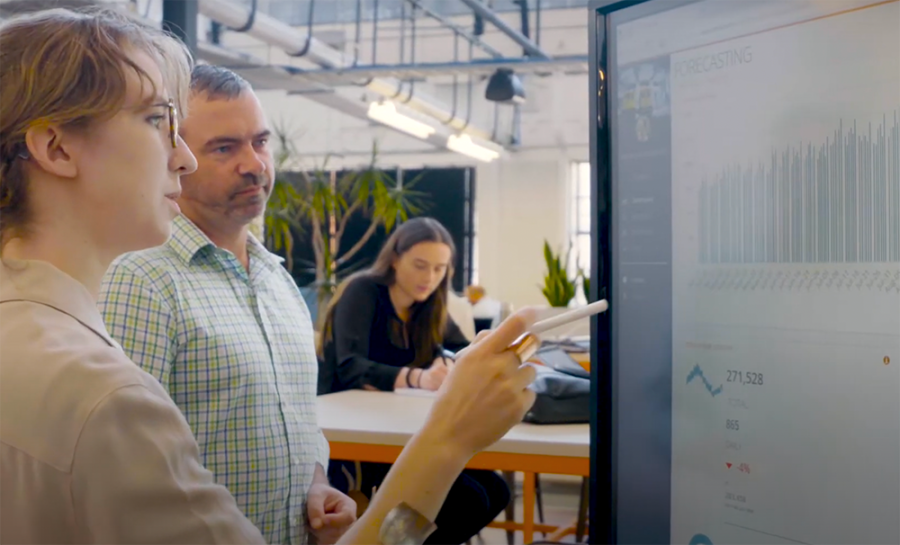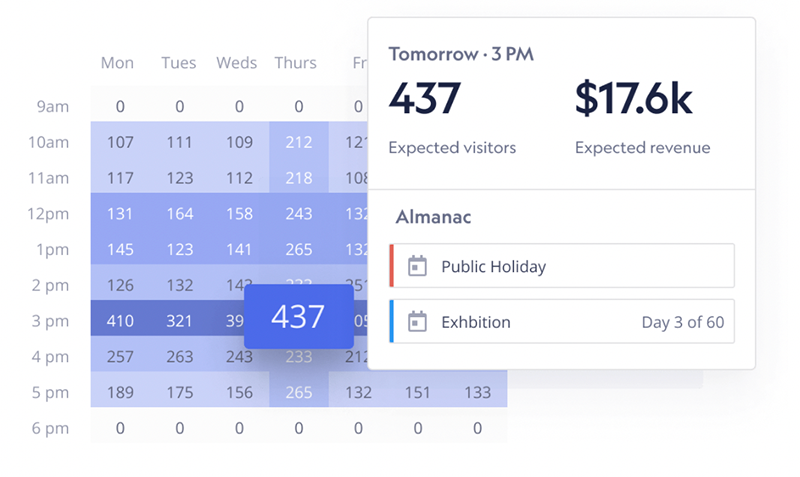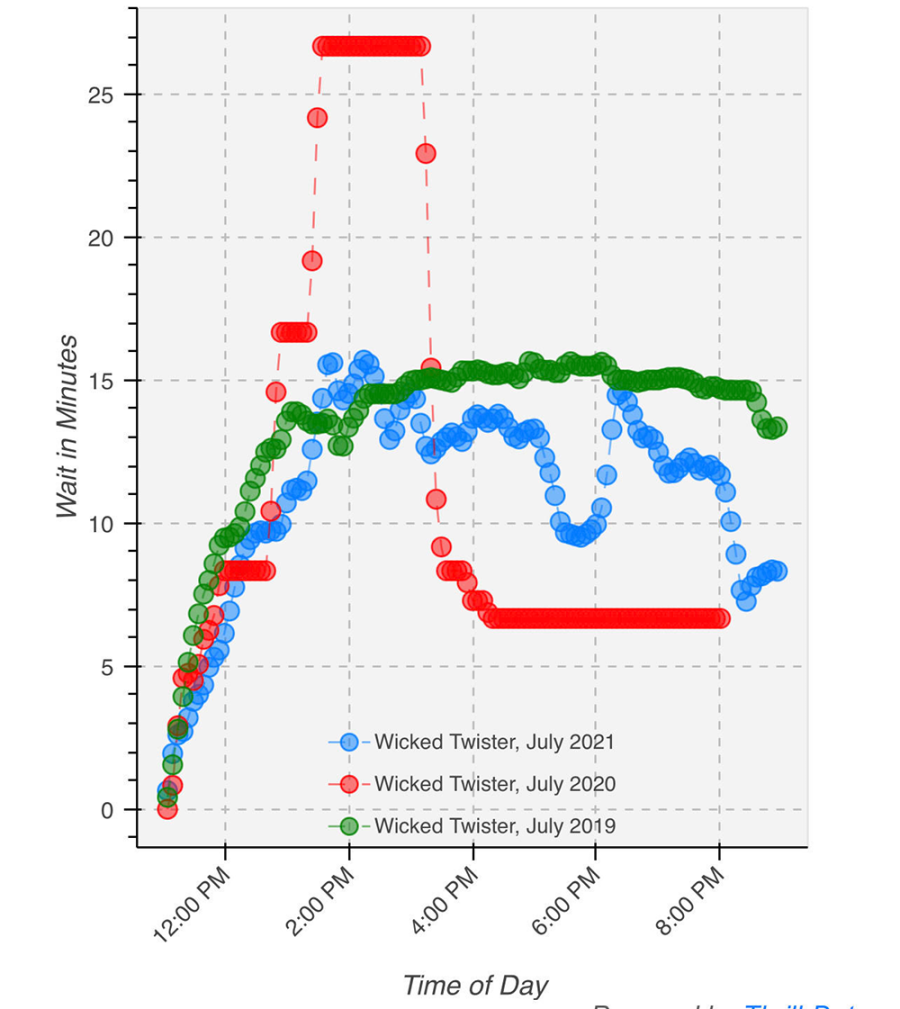Using AI and Big Data to Boost Business

Guests generate a vast amount of data during their visits to amusement parks and attractions—data that can provide operators with useful market intelligence to boost sales, customer satisfaction, and repeat business. But extracting this intelligence isn’t easy: It requires “big data,” analytical software-based analysis that uses tools such as artificial intelligence (AI) to sift through this data and spot meaningful trends and actionable information.
How Big Data Works
Dexibit’s big data analytics software examines the Wi-Fi log-in patterns of theme park guests’ smartphones and tablets to see which routes they take through the park and where they spend the most time. This data can then be used to optimize retail sales along the most popular routes to boost profits.
This AI-enabled software also searches social media and other sources for guest reviews, analyzing thousands of them to detect common themes and guest sentiments (positive and negative) toward the venue. It then packages this information into reports that management teams can review.
“Big data helps us understand more about visitors and their behavior, which is especially important–yet tricky–in an industry like attractions, given its basis in experience and where the business model of a venue is complex,” explains Dexibit CEO Angie Judge. “AI makes data on understanding behavior across this landscape really powerful. For example, with machine learning, we can simulate what visitors might respond to in order to aid planning, and with natural language, understand what visitors are talking about and how they’re feeling.”
All Data is Eligible
It is fair to say that any data generated by guests during or after their visits can be analyzed for useful market insights, as long as the data set being reviewed is representative of the mix of people who visited and is reasonably complete.
Meanwhile, amusement parks and attractions have access to far more data collection sources than most people are aware of.
“There’s on-site hardware such as footfall counts and location analytics such as Wi-Fi or radio-frequency identification (RFID); software such as ticketing, customer relationship management and point of sale; and digital systems such as websites, apps, email, and social media, including reviews,” says Judge. “On top of that, we can leverage global data feeds, such as weather, tourism, and what’s happening in and around the venue.”

Drawing Useful Conclusions
Making this raw data yield useful insights is where Big Data’s analytical power comes into play.
“One good example is using machine learning models to predict demand for rides and services based on point-of-sale (POS) data and ticket scans,” says Dr. Jegar Pitchforth, data scientist and co-founder of Mirror Analytics. “This allows owners to schedule staff and supplies well ahead of time. More sophisticated applications emerge when datasets are combined and linked. When owners are able to see a guest’s journey around a park, they are able to understand much more complex patterns.”
Graham Brooks, data scientist and owner of Thrill-Data.com, says the possibilities of data are limitless. His specialty is analyzing wait times at amusement parks and theme parks worldwide to determine when parks and attractions are most or least busy or popular. Using this big data approach to analyze wait time data, an operator can see when a high-capacity attraction with a high wait time is operating inefficiently. They can remedy the situation by assigning more staff to reduce this wait time issue.
“Guests spending less time in line should have a high correlation with higher guest satisfaction,” Brooks says. “Wait time data can also provide insights into which attractions are performing properly or becoming outdated and might be better suited for a replacement.”
Big Data in Action
Warner Bros. Studio Tour Hollywood is using Dexibit’s big data software analysis to base the attraction’s management decisions on solid facts.
“Understanding data enables our business to identify patterns and trends that can be translated into actionable priorities that directly influence the optimization of revenue management, supply chain, and resource planning,” says Danny Kahn, vice president and general manager of Warner Bros. Studio Tour Hollywood.
The raw data comes from sources such as “historic visitation by day and hour, attrition, spending patterns, historic utilization of foreign language tours, airline statistics, hotel occupancy, economy and exchange rate, weather, and citywide events, among other data sets, such as marketing campaigns and school terms,” says Kahn. Dexibit’s software extracts conclusions from this data and uses it to populate computer-based visual “dashboards” that are reviewed by the Warner Bros. Studio Tour Hollywood team.
“These dashboards help to ‘tell a story’ of market conditions, which, in turn, is used to determine ticket inventory levels, staffing needs, and retail, food, and beverage supplies,” Kahn concludes. “The result of these efforts and our data driven approach have substantially improved our earning potential by mitigating lost sales, as well as overspending in labor hours.”

